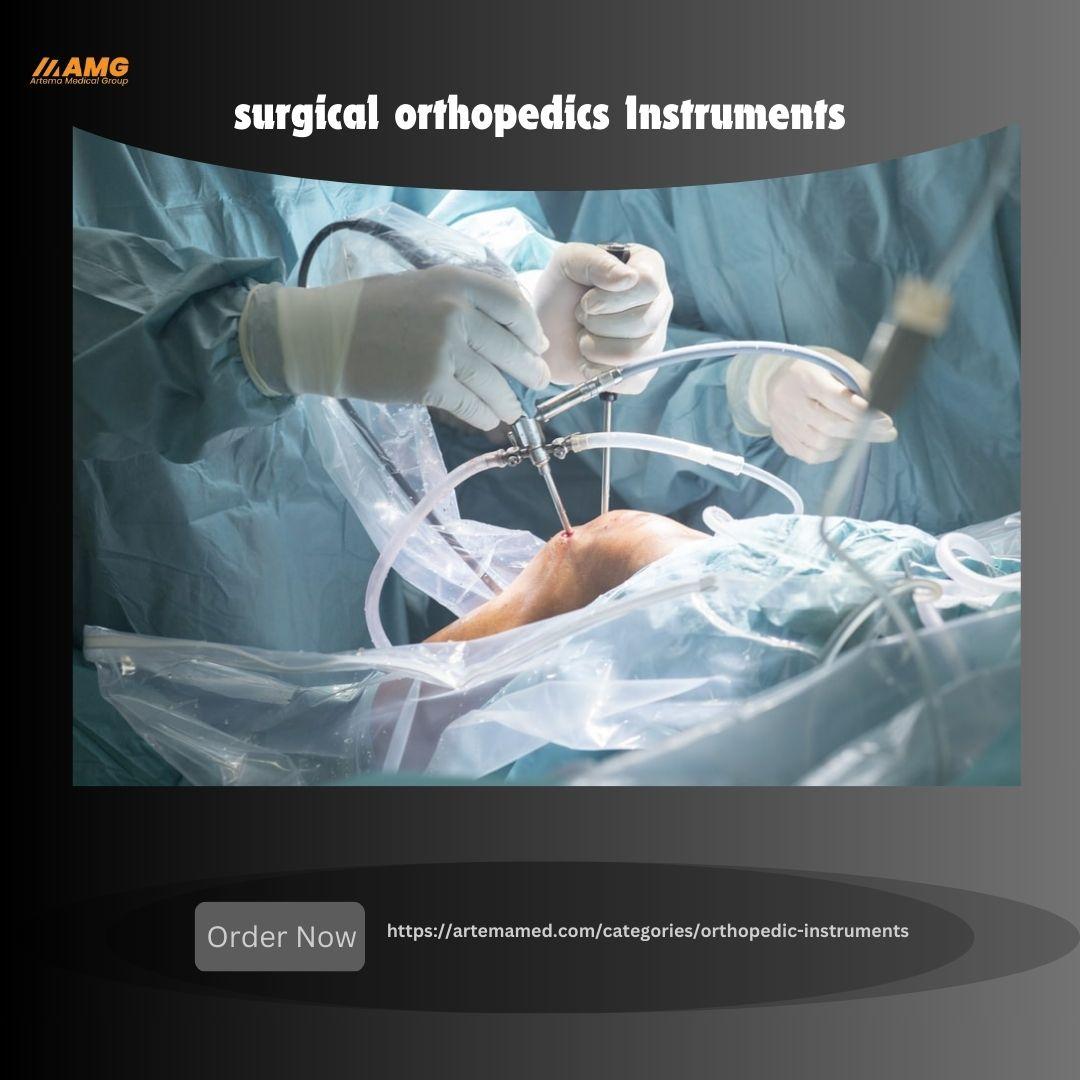Introduction
Surgical orthopedics is a specialized field focusing on the treatment of musculoskeletal disorders. The success of these procedures largely depends on the variety and functionality of orthopedic surgery instruments. These tools are essential for ensuring precision, minimizing tissue damage, and improving surgical outcomes.
Cutting Instruments
Orthopedic surgery instruments include a range of cutting tools designed for precise incisions and bone modifications:
- Scalpels: Sharp blades for making incisions in soft tissue.
- Bone Saws: Tools for cutting through bone with high precision.
- Osteotomes: Chisels used for cutting or preparing bone.
Grasping and Holding Instruments
Grasping and holding instruments are vital in surgical orthopedics for securing tissues and bones during procedures:
- Forceps: Used for grasping and holding tissues firmly.
- Bone Holding Clamps: Essential for stabilizing bones during surgery.
- Needle Holders: Instruments designed to hold needles securely during suturing.
Retracting Instruments
Retractors are crucial for exposing the surgical area by holding back tissues and organs:
- Self-Retaining Retractors: Instruments that stay in place, keeping the surgical site open.
- Hand-Held Retractors: Tools used by assistants to hold back tissues manually.
Drilling and Fixation Instruments
Drilling and fixation tools are used to prepare bones and secure implants:
- Orthopedic Drills: Electric or manual drills for creating holes in bone.
- Screws and Plates: Essential for fixing broken bones and securing implants.
- Intramedullary Nails: Rods inserted into the marrow cavity of bones for stabilization.
Measuring and Alignment Instruments
Precision in measurement and alignment is critical in orthopedic surgery:
- Protractors and Goniometers: Instruments for measuring angles and range of motion.
- Alignment Guides: Tools ensuring accurate placement of implants and bones.
- Calipers: Devices for measuring the dimensions of bones and implants.
Specialized Instruments
Certain procedures require unique, specialized instruments:
- Arthroscopes: Minimally invasive instruments with a camera for joint surgeries.
- Spinal Instruments: Tools specifically designed for spinal surgeries, including curettes and rongeurs.
- Bone Grafting Instruments: Tools for harvesting and preparing bone grafts.
Innovations in Orthopedic Instruments
The field of surgical orthopedics continually evolves with new technological advancements. Innovations include robotic-assisted instruments that enhance precision and control. Biocompatible materials for implants reduce the risk of complications. Smart surgical instruments equipped with sensors provide real-time feedback, improving accuracy and patient outcomes.
Maintenance and Care
Proper maintenance of orthopedic instruments is crucial for their longevity and effectiveness. Regular cleaning and sterilization prevent infections. Proper storage and routine inspections ensure that the instruments remain in optimal condition, ready for use in critical surgical procedures.
Conclusion
Understanding the various types of surgical orthopedics instruments is essential for appreciating their role in modern medicine. These tools are indispensable for ensuring precision, minimizing tissue damage, and improving surgical outcomes. As technology continues to advance, the development of new and innovative orthopedic surgery instruments will further enhance the quality and success of orthopedic care.



